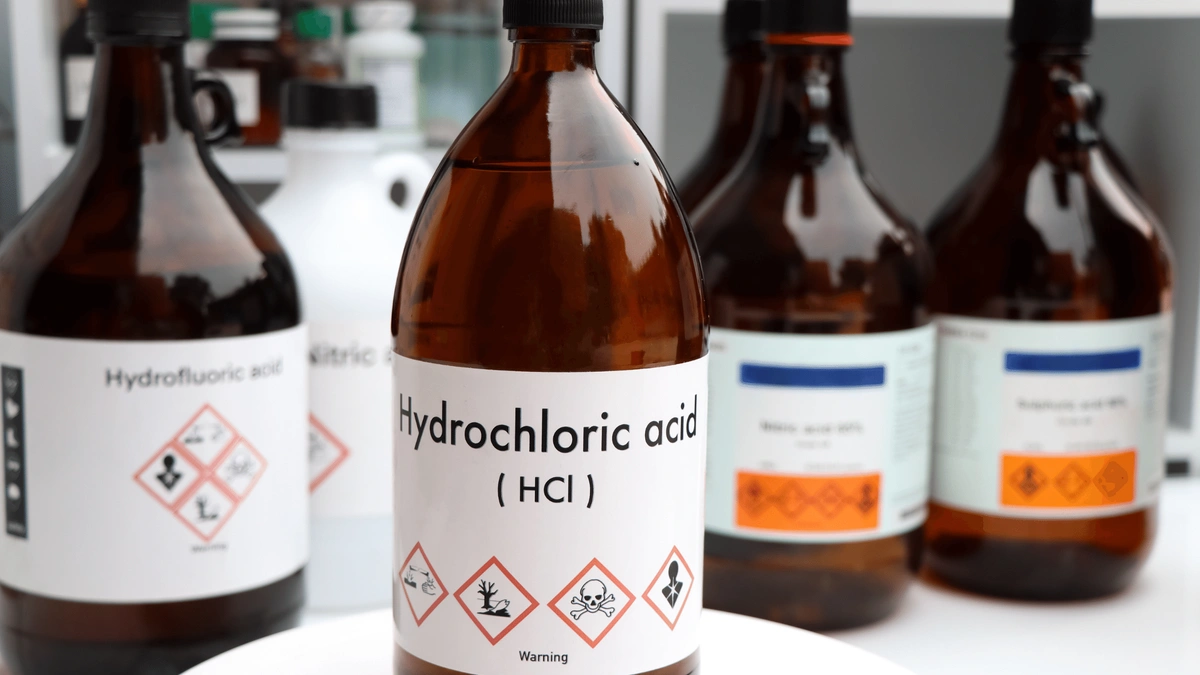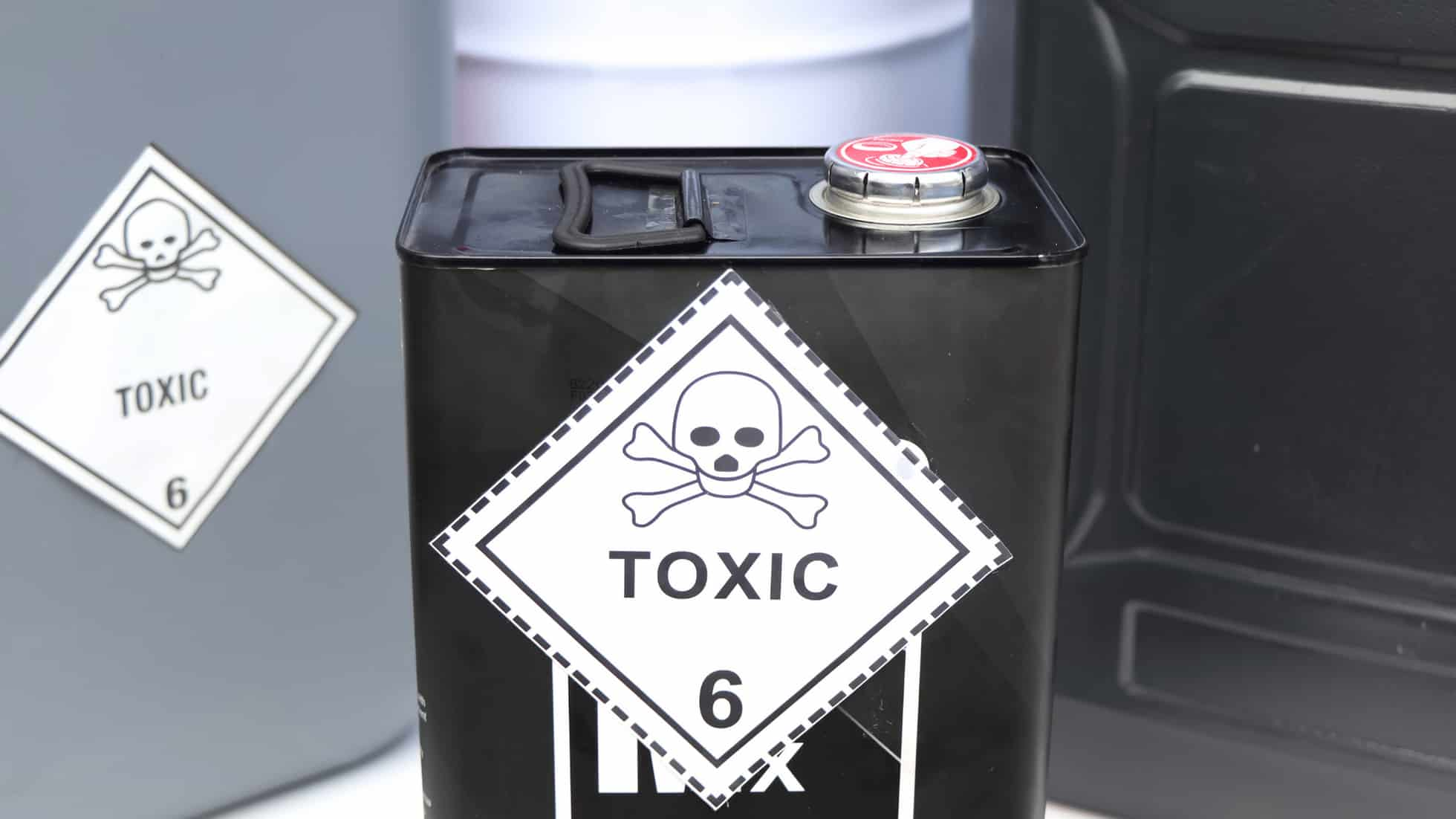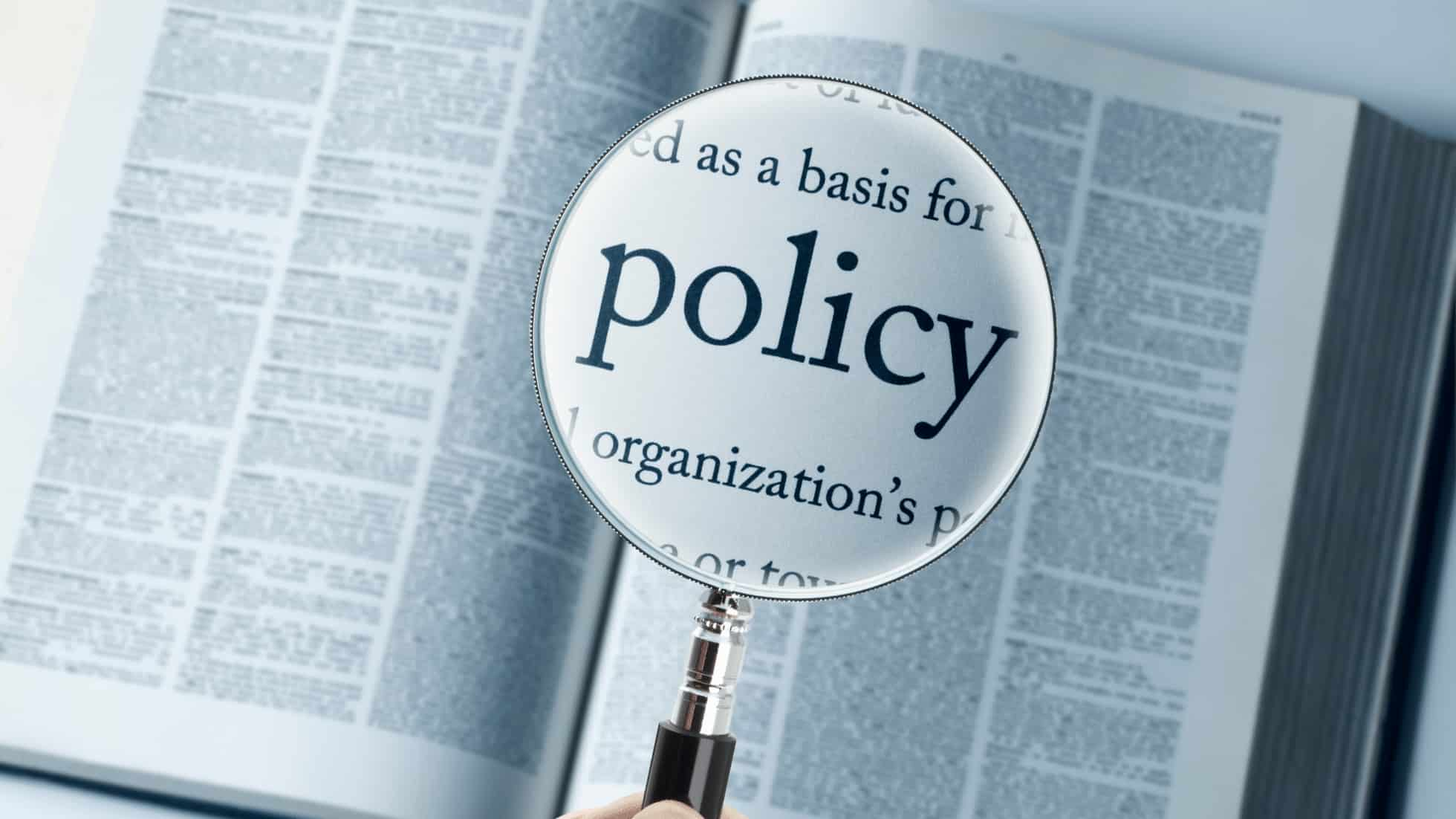Navigating the world of 'hazmat' on Amazon is critical for maintaining a secure shopping and selling environment. Amazon hazmat policies are comprehensive, setting out strict measures for sellers dealing with potentially risky items to ensure every transaction is hazard-free. As a seller, it's not just about following these rules; it's about contributing to a marketplace where safety is paramount.
If you're diving into selling hazmat items, like explosives or toxic substances, get ready for Amazon's watchful eye – they might ask for extra details, like a Safety Datasheet.
But don't fret! The FBA Dangerous Goods Program is here to help you stay on the right side of regulations. It's designed for hazmat sellers using Fulfillment by Amazon, ensuring that you can focus on selling without the worry.
Follow Amazon's lead on hazmat safety, tap into their supportive programs, and you're set to foster a trusted, hazard-free marketplace.
What is HazMat in Amazon?
HazMat, short for "hazardous materials," refers to products that are dangerous or potentially harmful to people and the environment. Amazon has strict guidelines for handling and shipping these products, known as the HazMat program.
The HazMat program is designed to ensure the safety of Amazon's fulfillment center operations and compliance with legal regulations. Amazon has a comprehensive list of products that are considered hazardous and require special handling, storage, and shipping.
Amazon Hazmat Review Process
If you are selling a product on Amazon that is classified as HazMat, you will need to go through the Amazon HazMat review process. The review process is relatively straightforward, but the most critical part is ensuring that you have sufficient information about your products.
Amazon may subject your product to a HazMat review, in which case they will require that you submit additional documentation. In such a scenario, you generally have two options:
-
Submit a Safety Datasheet (SDS): If your product is classified as dangerous goods.
-
Provide an SDS Exemption Sheet: If your product is not classified as dangerous goods.
Dangerous Goods Classification
If you have an existing product that has been classified as dangerous goods, or you are listing a new product, you will need to provide Amazon with a safety data sheet (SDS). The SDS provides detailed information about the product, including its composition, potential hazards, and safety precautions.
What is the Amazon Hazmat Review Process
The Hazmat review process is a critical step in selling Hazmat products on Amazon. When you create a listing for a Hazmat product, Amazon will review your product information and documentation to ensure that it meets their safety standards.
Amazon has strict policies and guidelines in place to ensure that these products are handled and shipped safely. As a seller, you are responsible for complying with these policies and ensuring that your products are properly labeled and packaged.
If your product is approved, it will be eligible for sale on Amazon. If it is rejected, you will need to make the necessary changes and resubmit your product for review.
It's important to note that the Hazmat review process can take up to four business days, so it's essential to plan accordingly. Additionally, Amazon may require additional documentation or information from you during the review process, so be prepared to provide it promptly.
How do I Know if my Product is Classified as Hazmat?
If you are an Amazon seller, you must be aware of the fact that certain products are classified as hazardous materials or hazmat. Amazon has strict rules and regulations regarding the storage and transportation of such products. Therefore, it is crucial to identify whether your product falls under the hazmat category or not. Here are some ways to identify if your product is classified as hazmat:
1. Check the Hazmat Regulations
The first step is to check the hazmat regulations for your product. You can refer to the Hazardous Materials Regulations (HMR) issued by the Department of Transportation (DOT) to determine if your product is classified as hazmat. The HMR provides a comprehensive list of hazardous materials, which includes explosives, flammable liquids, gases, and solids, toxic substances, and radioactive materials.
2. Check Amazon's Hazmat Policy
Amazon has a strict hazmat policy that all sellers must follow. According to Amazon, sellers must accurately identify and label hazmat items and comply with all local, national, and international hazmat regulations. Therefore, you must check Amazon's hazmat policy to determine if your product is classified as hazmat.
3. Check with Your Supplier
If you are not sure whether your product is classified as hazmat, you can check with your supplier. Your supplier should be able to provide you with the necessary information regarding the hazardous materials contained in the product.
Most Common Hazmat Items Sold on Amazon
Here are some examples of common products that might be considered hazardous materials on Amazon:
-
Lithium batteries
-
Laptops, cameras, cell phones, and tablet devices
-
Tools and chargers
-
Aerosol sprays
-
Paints and solvents
-
Cleaning chemicals
-
Pesticides and fertilizers
-
Fireworks and explosives
It is essential to identify whether your product is classified as hazmat or not to comply with Amazon's hazmat policy and avoid any penalties. By following the above steps, you can ensure that you are selling hazmat products safely and within the bounds of the law.
What Counts As Hazmat Products or Dangerous Goods on Amazon?
Hazmat products on Amazon are items that are considered to be hazardous materials. These products are subject to strict regulations and requirements to ensure the safety of Amazon's fulfillment center operations and compliance with legal regulations. Examples of common dangerous products include items like flammable liquids, batteries, and chemicals.
Here are some common hazmat items that you may find on Amazon:
-
Lithium batteries: Lithium batteries, commonly found in electronic devices, are considered hazardous because they can potentially get too hot or catch fire.
-
Aerosol sprays: Products such as spray for hair, fragrances for the air, and aerosol paint are considered dangerous since the containers they come in are pressurized and can explode if punctured or exposed to heat.
-
Chemical-based products: Products like glue, dyes, and aerosol products contain chemicals that can pose a risk to human health and safety.
-
Magnets: Products that contain magnets such as speakers, headphones, and children's toys can cause harm if ingested or if they interfere with medical devices.
It's important to note that hazmat products are not limited to these examples, and there are many other types of products that may be considered hazardous. If you are unsure whether a product is considered hazmat, it's best to consult with Amazon's hazmat policy or contact Amazon's customer support for guidance.
Amazon FBA and Hazmat
If you're an Amazon seller, you may be wondering how to sell hazardous materials (hazmat) through Amazon's FBA program. Amazon has a strict set of guidelines for handling these types of products to ensure the safety of their workers and customers. In this section, we'll discuss the FBA Dangerous Goods Hazmat Program and how it affects your business.
What is the FBA Dangerous Goods Hazmat Program?
The FBA Dangerous Goods Hazmat Program is a set of guidelines and requirements that Amazon sellers must follow when selling hazardous materials through FBA. The program is designed to ensure the safety of Amazon's workers and customers when handling and transporting potentially harmful products.
To participate in the program, sellers must apply and be approved by Amazon. Once approved, sellers must follow specific guidelines for storage, labeling, and shipping of their hazmat products. Failure to comply with these guidelines can result in fines or the suspension of your selling privileges.
FBA Merchant Fees and Sales Impact
Selling hazmat products through FBA can be costly due to the additional fees associated with the program. These fees cover the cost of handling and transporting hazardous materials, as well as the cost of complying with regulations.
In addition to the fees, selling hazmat products can also impact your sales. Some customers may be hesitant to purchase products labeled as hazardous, which can lead to lower sales. However, there are still many customers who are willing to purchase these products, especially if they are necessary for a particular task or industry.
How Does Hazmat Impact Your Sales?
If you are selling products on Amazon, you may be subject to Amazon's Hazmat regulations. Hazmat stands for "hazardous materials," and these regulations are in place to ensure the safety of Amazon's customers and employees.
If Amazon classifies your product as a dangerous good, your sales may be impacted. Amazon may pause your listing while they request additional documentation from you. This downtime can be frustrating, but it is unavoidable.
In addition, if your listing is paused, your conversion rate can suffer severely. Customers may be hesitant to purchase your product if they see that it has been classified as hazardous. This can lead to a decrease in sales and revenue for your business.
It's important to note that not all products are subject to Hazmat regulations. If your product is not classified as hazardous, you can continue to sell it as usual. However, if your product is classified as hazardous, it's important to follow Amazon's guidelines and provide all necessary documentation to ensure that your listing is compliant with Hazmat regulations.
Managing Returns and Refunds for Hazmat Items
Managing returns and refunds for hazmat (hazardous materials) items on Amazon requires careful attention to detail to ensure safety and compliance with regulations. Here's a step-by-step guide to help you navigate this process:
-
Review Amazon's Policy: Before handling any returns, make sure you're familiar with Amazon's hazmat policies. These guidelines will inform you about the proper procedures for returning such items.
-
Communicate with the Customer: Reach out to the customer to understand the reason for the return. Provide them with clear instructions on how to safely pack and ship the item back to avoid any mishandling.
-
Arrange for Safe Return: Use a carrier that's certified to handle hazmat products. You may need to provide specific return labels that are compliant with hazardous goods shipping.
-
Inspect the Returned Item: Once the item is returned, inspect it thoroughly for any damages or tampering. Ensure the product and its packaging are intact and have no leaks or other safety concerns.
-
Process the Refund: If the item is returned in resalable condition, proceed with issuing a refund. Factor in any restocking fees, if your policy allows for it, and if it's applicable to the type of hazmat returned.
-
Update Inventory: Adjust your inventory accordingly. If the item is not resalable, properly dispose of it according to local regulations, and remove it from your inventory.
-
Report Issues: Report any safety incidents or concerns to Amazon immediately. This can be critical to prevent future incidents and ensure overall safety on the platform.
-
Review and Improve: Regularly review your return procedures for hazmat items. Look for ways to reduce returns, such as improving product descriptions and customer communications.
By following these steps, you can manage returns and refunds for hazmat items on Amazon effectively while maintaining a commitment to safety and compliance.
How to Submit an SDS or Exemption Sheet
When selling products classified as Hazmat or Dangerous goods on Amazon, you may be required to submit additional documentation, such as a Safety Data Sheet (SDS) or an SDS Exemption Sheet. Here are the steps to submit these documents:
-
Determine if your product is classified as dangerous goods. If it is, you will need to submit an SDS. If it is not, you can submit an SDS Exemption Sheet.
-
Obtain an SDS from the manufacturer or create one yourself. The SDS should include the product name, ingredients, disposal guidelines, and other relevant information.
-
If your product is not classified as dangerous goods, you can submit an SDS Exemption Sheet instead. This form should include information about the product and why it is exempt from SDS requirements.
-
Log in to your Amazon Seller Central account and go to the "Inventory" tab.
-
Find the product you want to submit the SDS or Exemption Sheet for and click on the "Edit" button.
-
Scroll down to the "Product Compliance" section and click on "View/Edit" next to "Product Safety Information".
-
Select the appropriate SDS or Exemption Sheet from the dropdown menu and upload the document.
-
Click on "Save and Finish" to submit the document.
Note that Amazon may subject your product to a hazmat review, in which case they will require that you submit additional documentation. If you are unsure whether your product requires an SDS or Exemption Sheet, you can contact Amazon's Seller Support for assistance.
Conclusion
In conclusion, selling hazmat products on Amazon can be a profitable venture, but it requires sellers to be knowledgeable about Amazon's policies and regulations. To ensure a smooth selling experience, you should follow these key points:
-
Check the hazmat status of any items you want to sell before listing them on Amazon.
-
Adhere to Amazon's guidelines for hazardous materials, including proper handling, storage, and shipping procedures.
-
Join the FBA dangerous goods program to ensure the safety of workers and customers.
-
Provide all necessary documentation, including Safety Datasheets (SDS) or SDS Exemption Sheets, if required by Amazon.
By following these steps, you can tap into the specialized market for hazmat products on Amazon while ensuring compliance with Amazon's policies and regulations. Remember, selling hazmat products on Amazon is a nuanced process that demands thorough knowledge of the platform's policies, but with the right preparation and support, you can successfully list and sell your hazmat products on Amazon.
Scale Insights is a rule-based Amazon PPC automation tool that can skyrocket your Amazon business to success. Create campaigns in less than 60 seconds and gain access to powerful analytics with a click of a button! Try a free 30-day trial (no credit card needed), starting at $78 up to $688 monthly. Customized plans are available for up to 2,000 automated ASINs.
Frequently Asked Questions
Does Amazon ship hazardous materials?
Yes, Amazon does ship hazardous materials. However, Amazon has strict guidelines for hazardous materials or hazmat products to ensure the safety of its customers and employees. Amazon's FBA Dangerous Goods Program is designed to help sellers ensure that their hazmat products meet the regulatory requirements for safe transportation and handling.
What's the difference between HazMat and dangerous goods in Amazon?
Hazmat and dangerous goods are often used interchangeably, but there is a slight difference between the two. Hazmat refers to hazardous materials that pose a risk to health, safety, or the environment. Dangerous goods, on the other hand, are substances or articles that have the potential to cause harm to people, property, or the environment. Amazon uses the term "dangerous goods" to refer to products that require special handling and transportation.
What are the 3 major types of hazmat?
The three major types of hazmat are flammable, corrosive, and toxic. Flammable materials are substances that can ignite and burn easily, such as gasoline, propane, and alcohol. Corrosive materials are substances that can corrode or eat away at materials, such as acids and bases. Toxic materials are substances that can cause harm to living organisms, such as pesticides and chemicals.
How do I check my hazmat product?
To check if your product is a hazmat product, you can refer to the U.S. Department of Transportation's Hazardous Materials Regulations (HMR) or the International Air Transport Association's Dangerous Goods Regulations (DGR). You can also use Amazon's Manage Dangerous Goods Classification tool to check if your product is eligible for FBA.
How do I label a hazmat shipment?
Hazmat shipments must be labeled according to the regulations set forth by the U.S. Department of Transportation or the International Air Transport Association. The label must include the proper shipping name, identification number, hazard class, and packing group. Additionally, hazmat shipments must be accompanied by a shipping paper that includes the same information as the label, as well as emergency response information.



 Scale Insights Team
Scale Insights Team





